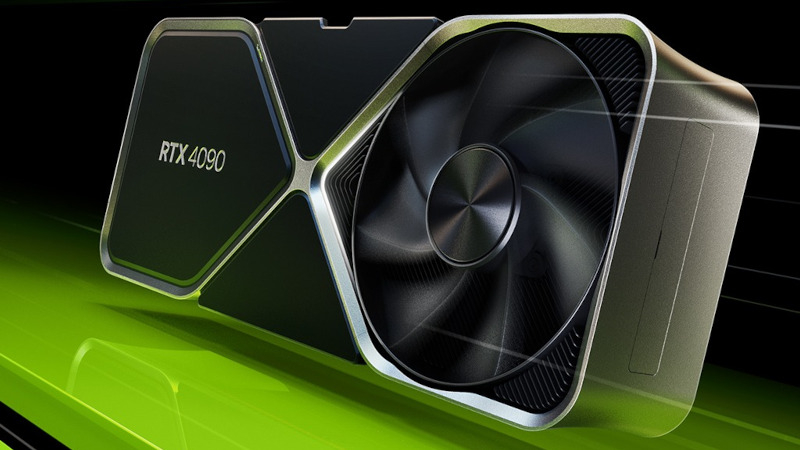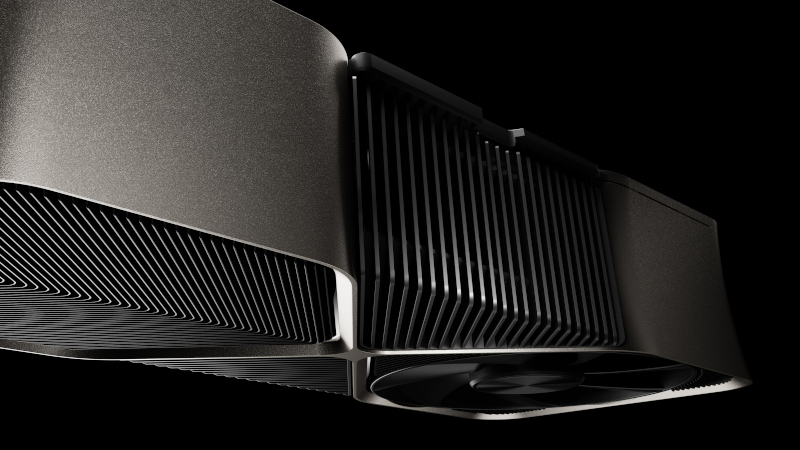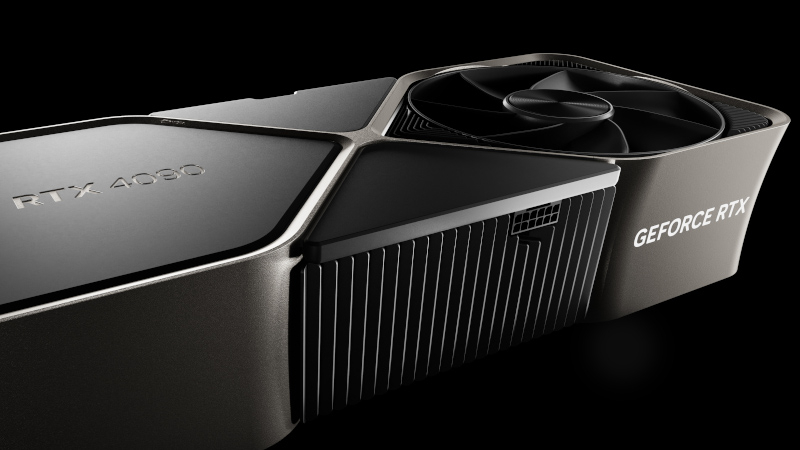Buyers of video cards are faced with a paradoxical situation: despite the sales season, prices for Nvidia GeForce RTX 4090 are rapidly rising, and their stocks are dwindling. If in July the price of the GeForce RTX 4090 was the recommended $1,599, then by October it rose to $1,799, and many models simply disappeared from the shelves. This may indicate that Nvidia has stopped producing them in preparation for the launch of the RTX 50 series (Blackwell), which it will present at CES 2025 in January.

Image source: NVIDIA
The GeForce RTX 4090 is still the most powerful graphics card on the market, but its time is gradually coming to an end. In the two years since its release, its value has not decreased, but, on the contrary, increased, which came as a surprise to many. However, this is a typical scenario for Nvidia: a similar situation was observed with the RTX 2080 Ti, RTX 3080, RTX 3090 and RTX 3090 Ti, with prices remaining high until the release of their successors.
The supply shortage of Nvidia GeForce RTX 4090 was previously noted in Germany, and has now appeared in other countries around the world. This causes prices to rise not only for the RTX 4090, but also for the RTX 4080 Super. A similar situation is repeated in each generation of Nvidia graphics accelerators. In past years, additional factors for the shortage were the pandemic and the boom in cryptocurrency mining, but now the main role in the shortage of video cards is played by their use for training AI.

Nvidia is expected to introduce the GeForce RTX 5090 and RTX 5080 in January 2025. The company’s CEO, Jensen Huang, will be the keynote speaker at CES 2025. Even as Nvidia increasingly focuses on the AI space, the new Blackwell series has a lot to offer both gamers and AI professionals.
The history of previous generations of Nvidia video cards indicates that you should not expect significant discounts on models of the previous series before the release of new ones. Even ahead of the announcement of the new RTX 5090 and 5080 models, prices for the RTX 4090 and 4080 remain high. The RTX 5090 is projected to start at $1,999, while the RTX 5080 will start at $1,199, but it’s possible those numbers could reach $2,499 and $1,299 respectively. This pricing policy is typical for Nvidia, especially in the premium product segment.

Nvidia’s market capitalization has reached $3.25 trillion, indicating its success in the wake of rising interest in AI. Unlike the cryptocurrency boom, when video cards were bought en masse for mining, they are now in demand in data centers working on machine learning and other AI computing tasks. This allows Nvidia to maintain demand for its products and keep prices as high as possible.